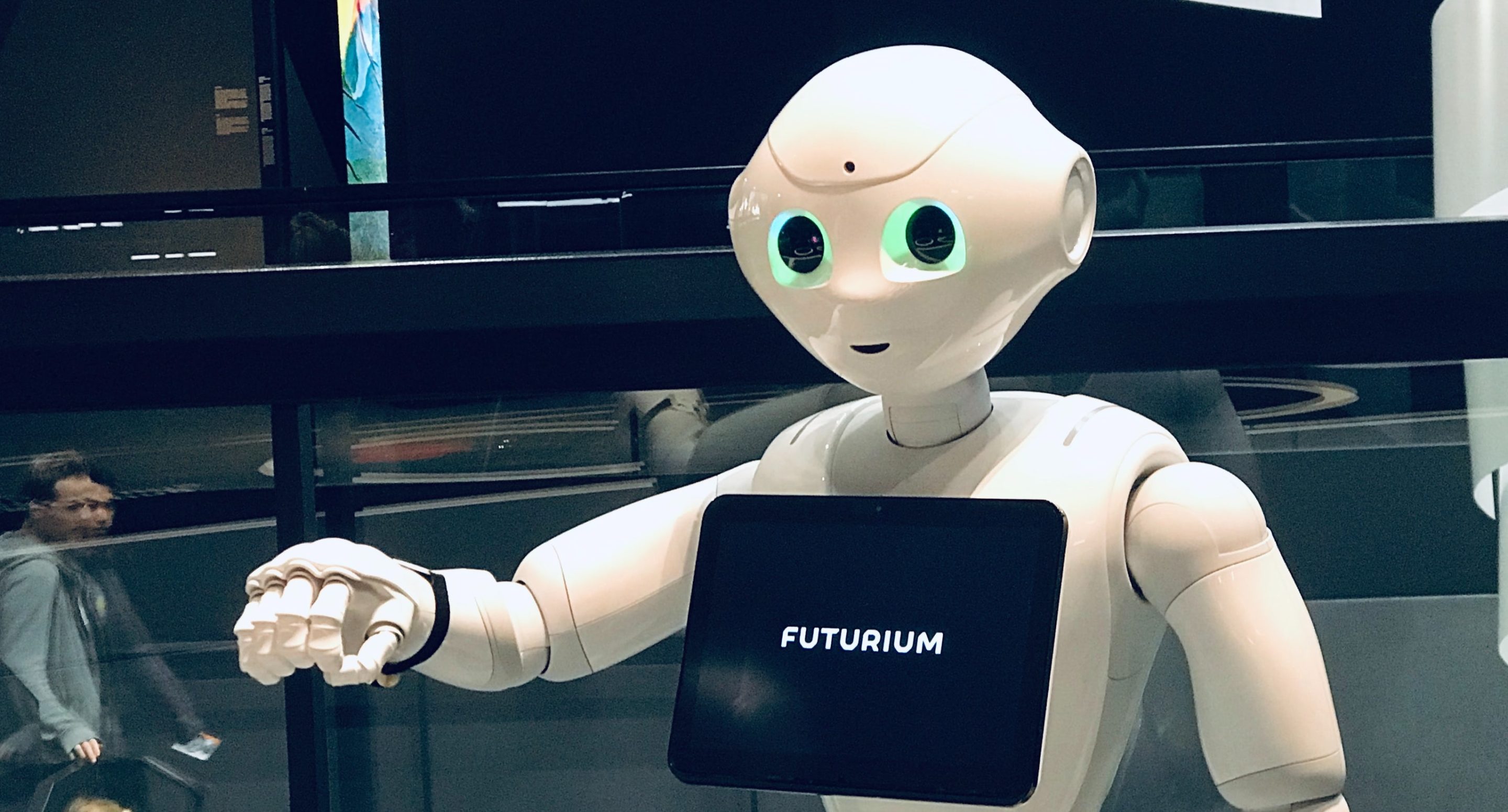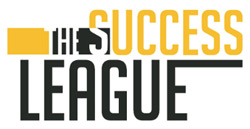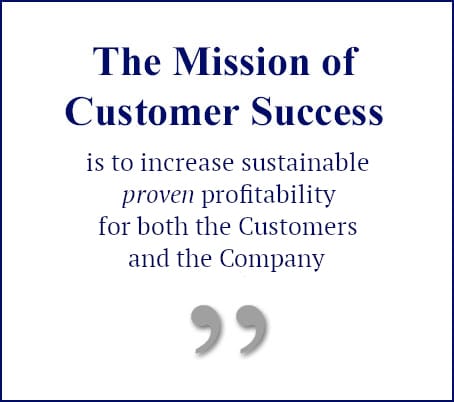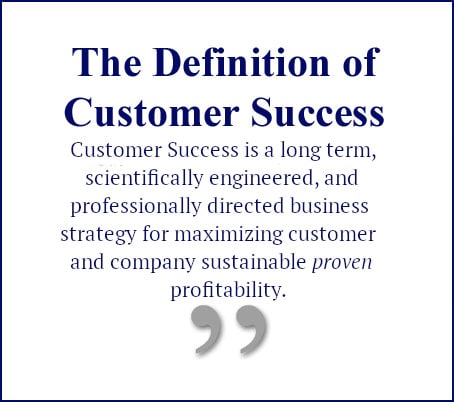The software industry has long had a dream that AI (artificial intelligence) or better designed tech could be a way of bypassing the requirement for the user to make an investment in learning inherent in all powerful technologies. My response to that vision is: maybe. But not today, and almost certainly not in the near future. There are some substantial challenges that need to be addressed and overcome before we can create and deploy effective ‘tech-touch’ / Self-Success strategies and resources. Winning in this effort is the only way forward in properly scaling our Customer Success teams and to further the success of our customers. The first step is to face and understand several key assumptions that are being made about customers.
Reality: There’s No Such Thing As Magic
 The first assumption is that the user knows that they’ll have to learn about the product in order to get the value from it. Not so, in most cases, in my opinion, because that customer has been told all along that the product will work magic. The marketing and sales messaging carefully avoids anything that might mar the magical picture being presented of effortless gain.
The first assumption is that the user knows that they’ll have to learn about the product in order to get the value from it. Not so, in most cases, in my opinion, because that customer has been told all along that the product will work magic. The marketing and sales messaging carefully avoids anything that might mar the magical picture being presented of effortless gain.
Knowing What You Don’t Know
 The second assumption is that the user who knows that they lack knowledge about using the product will know what that lack is about. For example, buying an axe when you’ve never used one before; do you know that you’ll have to learn how to hold it properly? Probably not. And how to swing it for maximum impact? No. All you know is “Here’s an axe, carefully designed for the best penetration and splitting power, etc.” So you pick it up and start swinging, only to discover that this is hard work!
The second assumption is that the user who knows that they lack knowledge about using the product will know what that lack is about. For example, buying an axe when you’ve never used one before; do you know that you’ll have to learn how to hold it properly? Probably not. And how to swing it for maximum impact? No. All you know is “Here’s an axe, carefully designed for the best penetration and splitting power, etc.” So you pick it up and start swinging, only to discover that this is hard work!
To Ask the Right Questions
The third assumption is that even if the customer actually is aware of what they don’t know, that they will be able to form the questions that will lead them to the content they need. This is a problem faced by every web site designer/admin: how to help the visitor to find the content. You aren’t going to succeed in transmitting your content/message unless you have a multiplicity of links and pointers to that content to guide people to it.
But What Does It Mean?
 The fourth assumption is that your content/AI messaging will be understandable to the customer. This is a lesson I learned early in my career as a tech writer and from serving on the hot line of Support. When I wrote a passage of documentation, I held Freddie Clue Free in my mind and wrote directly to him. Many were the paragraphs and pages that I tore up after reading them because I realized that although the content was precisely written and completely accurate, there was no way that Freddie was going to be able to make any effective use of the information. It was necessary to take Freddie by the hand and lead him step by careful step through the process. This is a boot. You put the boot on your foot like this. These are boot laces. You tighten the laces so that the boot won’t come off. You wear the boot because…
The fourth assumption is that your content/AI messaging will be understandable to the customer. This is a lesson I learned early in my career as a tech writer and from serving on the hot line of Support. When I wrote a passage of documentation, I held Freddie Clue Free in my mind and wrote directly to him. Many were the paragraphs and pages that I tore up after reading them because I realized that although the content was precisely written and completely accurate, there was no way that Freddie was going to be able to make any effective use of the information. It was necessary to take Freddie by the hand and lead him step by careful step through the process. This is a boot. You put the boot on your foot like this. These are boot laces. You tighten the laces so that the boot won’t come off. You wear the boot because…
Self-Success: We Can, and Will — Because We Must
These are just a few of the obstacles to be considered in the pursuit of a “tech-touch” or Self-Success strategy. Don’t get me wrong — there is no question that we must and will overcome the challenges. We have to, for there is no way any company can afford to staff to the point where every customer-company interaction can be handled directly by a human. Each company will need to begin by developing a communications strategy that clearly identifies which categories of communications can safely be delegated to automated resources, and which must be handled human to human. For those interactions to be automated, how will this be done? Where will the links be placed?
If your company is developing tech-touch / Self-Success strategies and resources, I’d love to talk to you. Get in touch with me here or via The Customer Success Forum.
Mikael Blaisdell
 Mikael Blaisdell is the founder and Executive Director of the worldwide Customer Success Association and of The Customer Success Forum. He’s done continuous research into the development of the profession of Customer Success for over a decade, and his vision and commentary about how companies can optimize customer relationships is read in over 160 countries around the world.
Mikael Blaisdell is the founder and Executive Director of the worldwide Customer Success Association and of The Customer Success Forum. He’s done continuous research into the development of the profession of Customer Success for over a decade, and his vision and commentary about how companies can optimize customer relationships is read in over 160 countries around the world.









